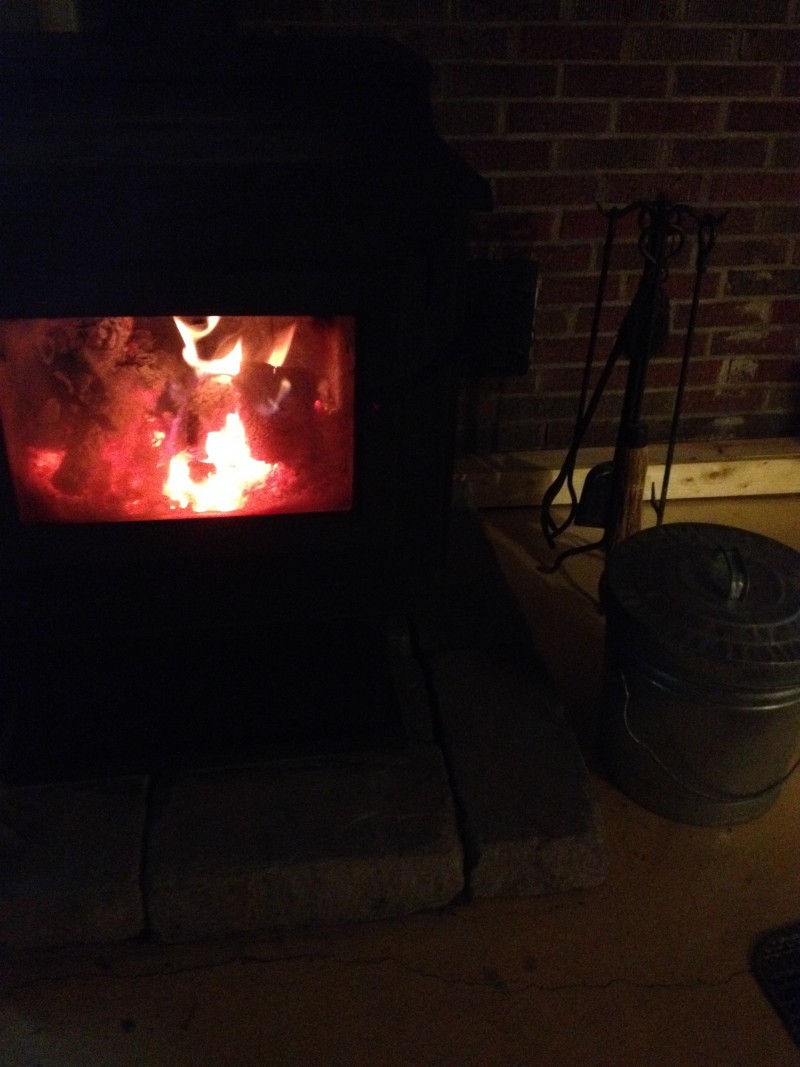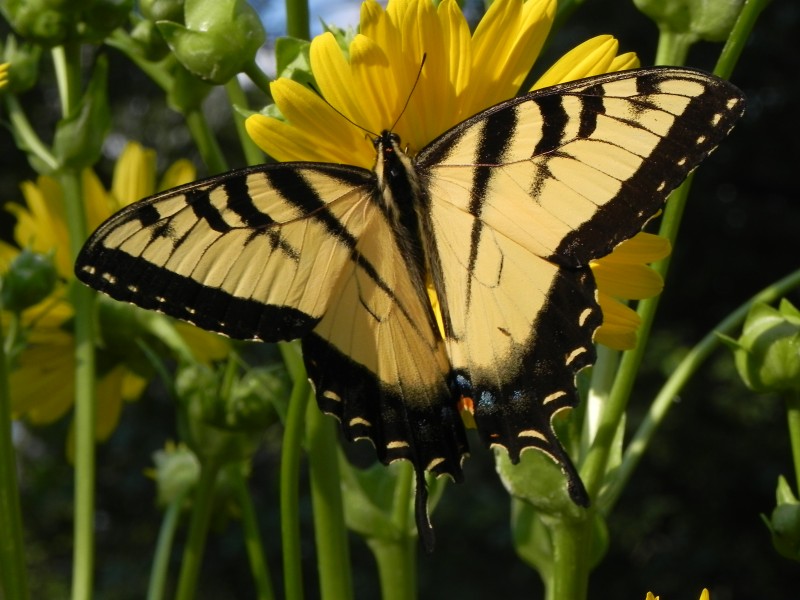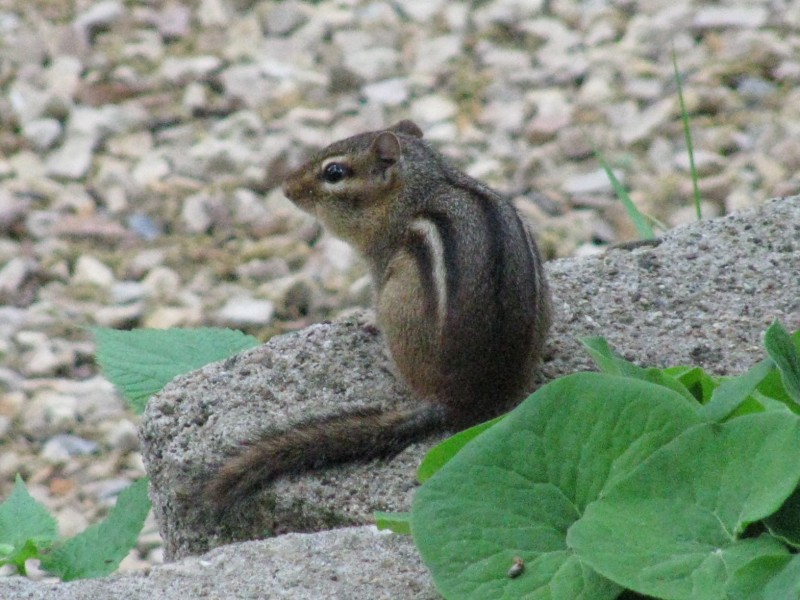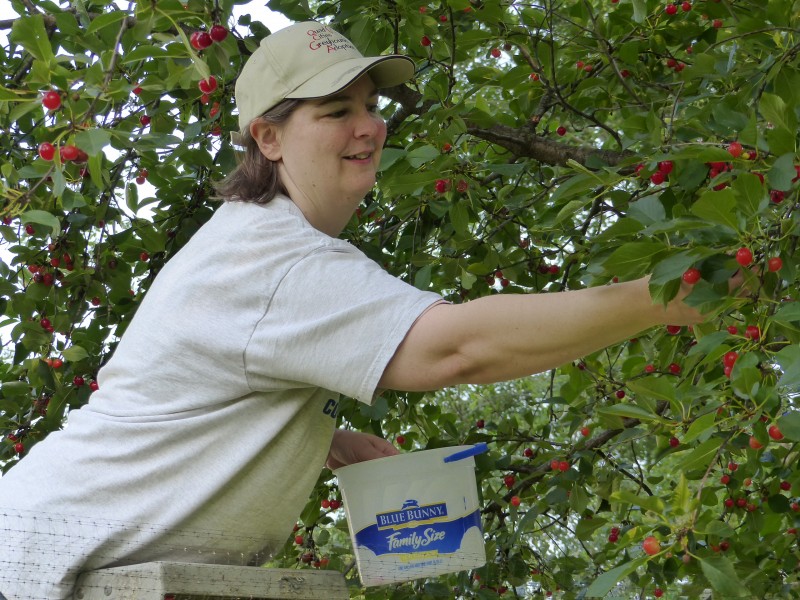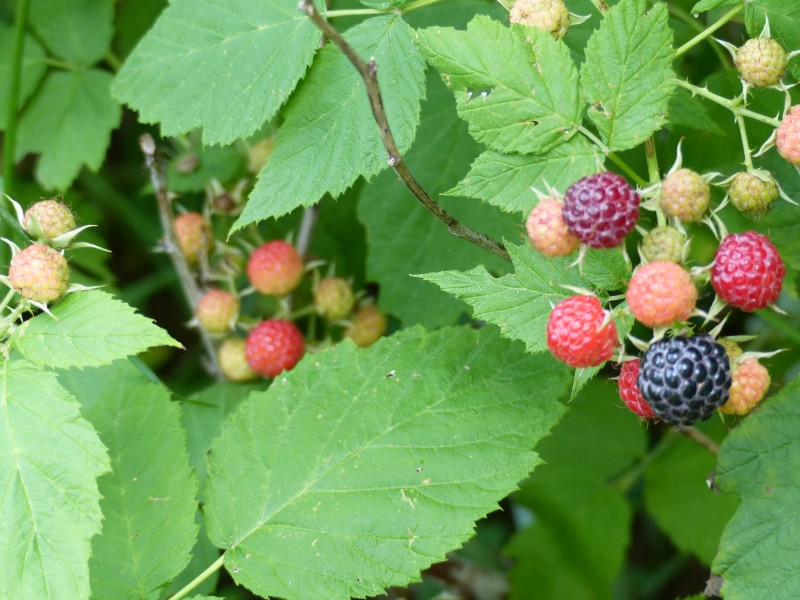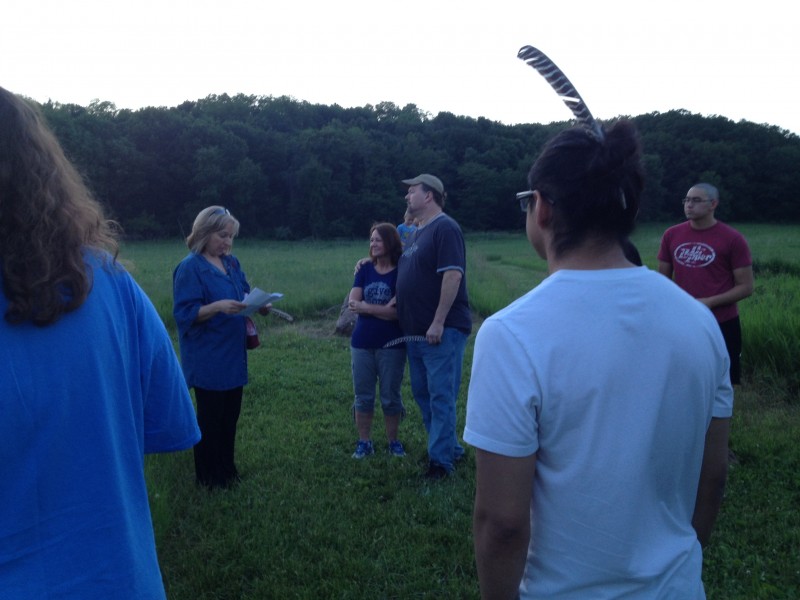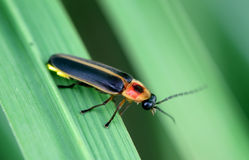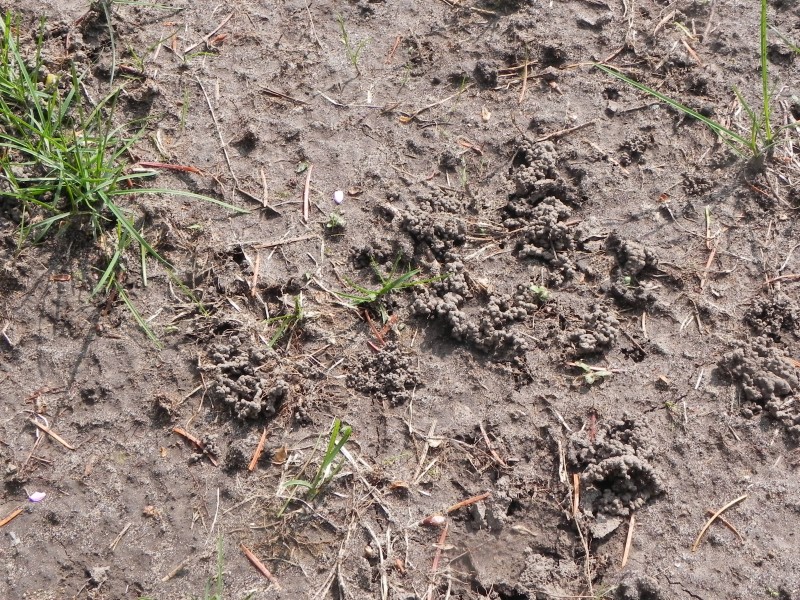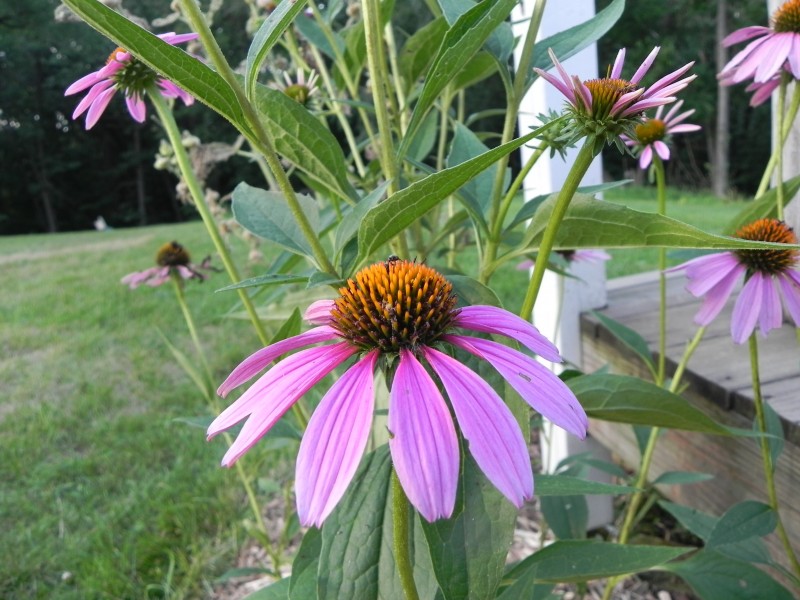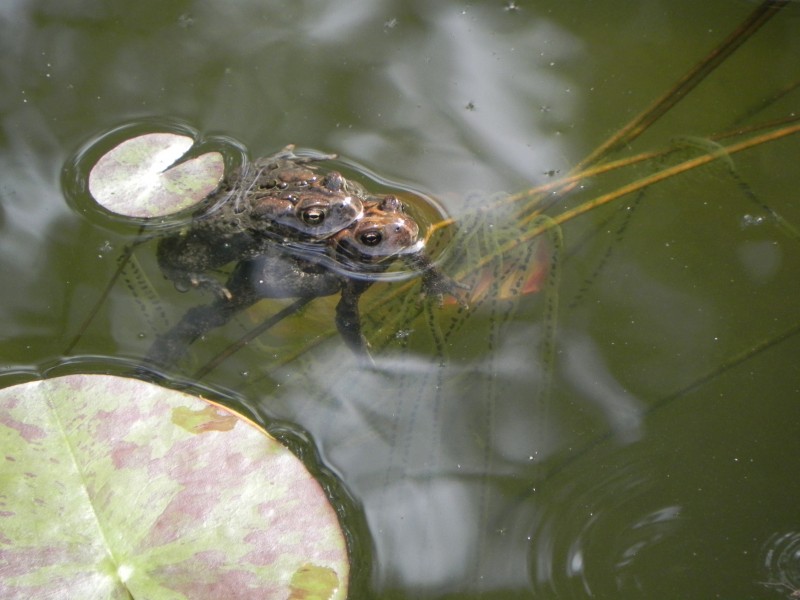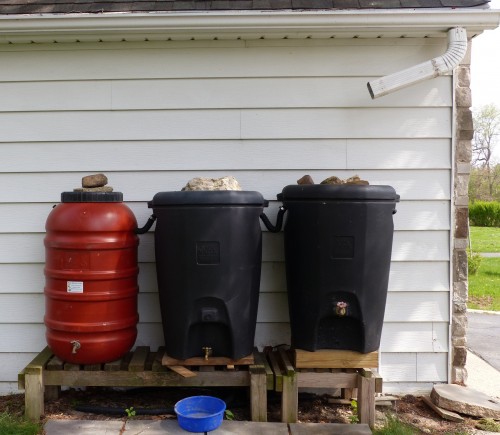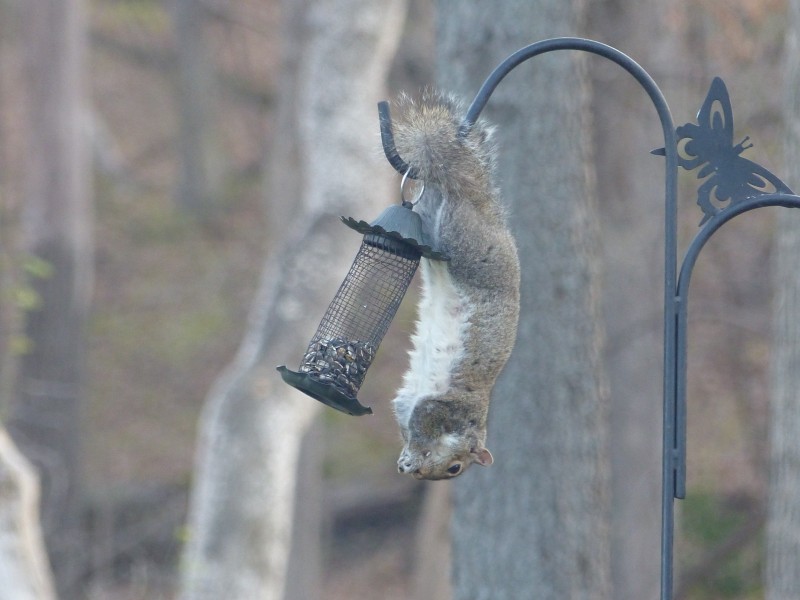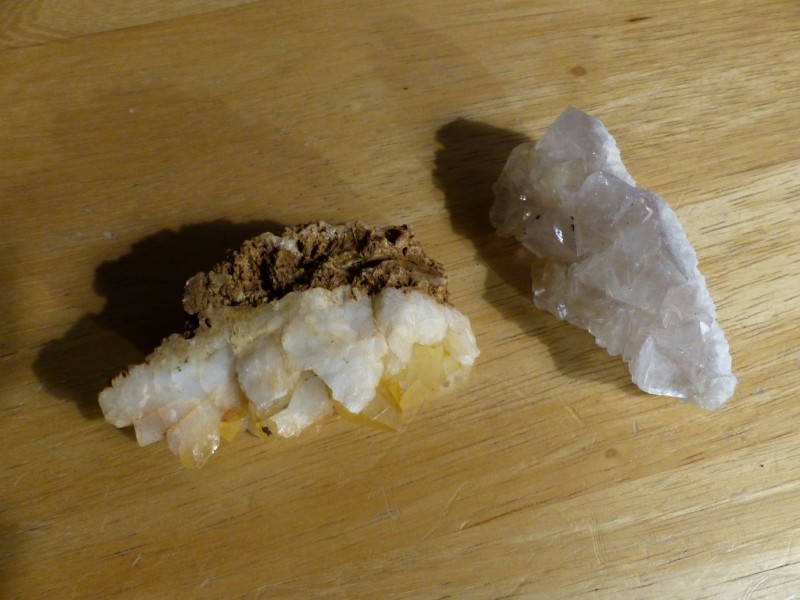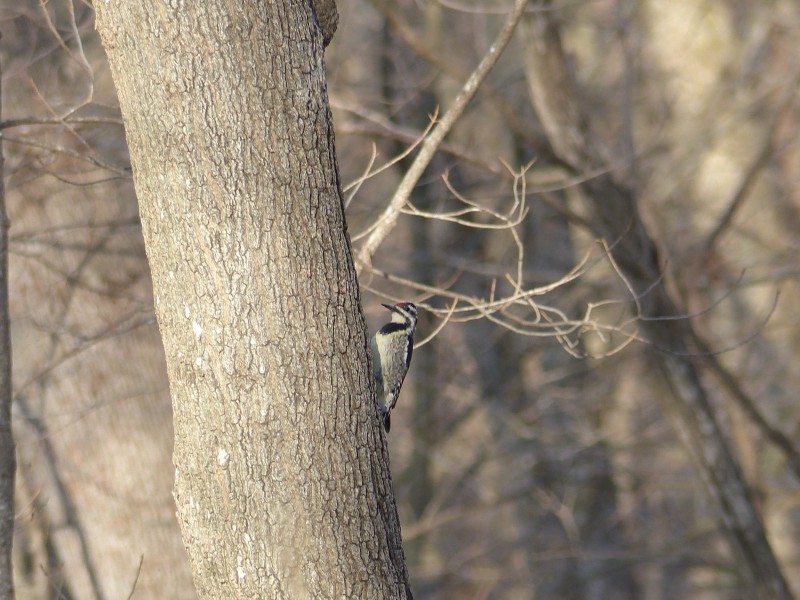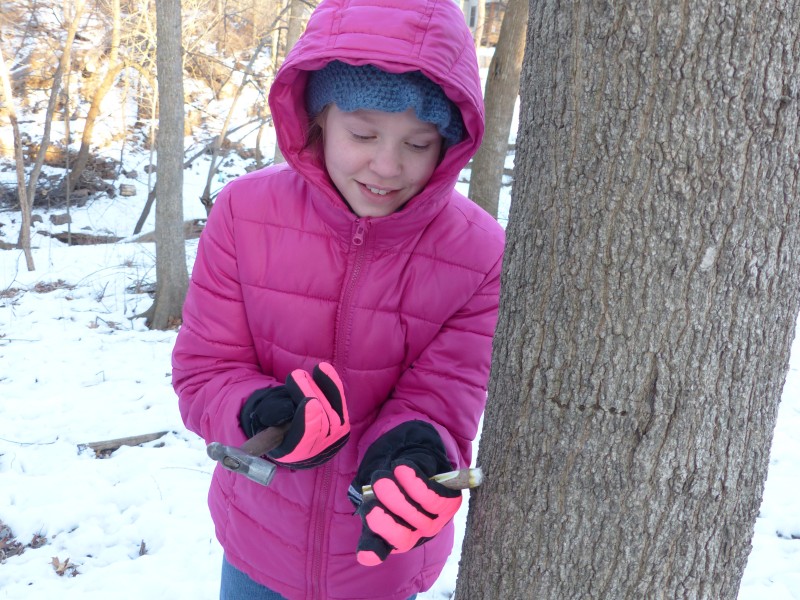Welcome to Winding Pathways
Winding Pathways encourages you to create a wonderous yard, whether that yard is an expansive acreage, a suburban lot or a condominium balcony. Go outside and play!
Join our email list
Sign up for FREE Winding Pathways emails (approximately weekly).
Garter Snakes
Many Iowans, even those living in urban areas, may be startled to see a fast moving snake in their yard. No worries. Most likely it is a garter snake. While startling to see, they are a desirable predator in yards and natural places.
Chimney Check
Nothing is as cozy as basking in wood stove’s warmth on blustery January nights, but planning efficient and safe stove operation is a year round activity. Well before the first frost we have our chimney cleaned and check the stove for safe operation.
August’s humid heat is a great time to anticipate plunging fall temperatures. Cool air is only a month away to be followed by frigid winter blasts. Now is the time to check the wood stove and clean the chimney. When few other people are thinking about winter.
Chimney fires are one of the great dangers of burning wood. These happen when creosote builds up on the inside of the chimney walls. This crusty stuff is flammable and can be ignited from a hot burning stove. Flames roaring up the chimney are terrifying and often set the house on fire.
At Winding Pathways we do these things to reduce the odds that our chimney will catch fire:
Cup Plant
The showy flowers are sunflower-like and their brilliant color reflects the late summer hues of male goldfinches. This bird loves cup plants, where it drinks water, snacks on insects attracted to it and later in the fall eats the seeds. When in bloom cup plants are loaded with pollinators. Bumblebees and yellow and black swallowtail butterflies are frequent guests.
Chipmunks
Chipmunks love retaining walls and woodpiles, especially those that have many nooks and crannies. They are efficient diggers and sometimes make so many tunnels that a wall slumps or collapses and a woodpile teeters over.
Tart Cherries!
Each summer a small tree in our yard produces more delicious cherries than we can harvest and eat.
Tart cherries are outstanding yard trees. They are small, attractive, need little care and begin bearing fruit when only a couple of years old. Trees self-fertile, meaning it’s not necessary to plant two or more for cross pollination. Few insects or diseases bother them but sometimes birds, especially robins, take a fancy to the bright red fruit. Birds prefer mulberries to cherries so we keep a mulberry in the yard as our decoy tree to keep birds from filching cherries.
Berry Season!
As we welcome summer we also begin to indulge in Iowa’s natural harvest of berries and cherries. Mulberries must be ripe because purple colored bird droppings mark lawns and sidewalks. Scat from raccoons and coyotes are full of seeds. Mulberries are great to eat out of hand and we get great laughs from the purple tongues and fingers that result from our munching them.
Wah Wah Taysee – Fireflies
We walked as 19 individuals in a single community waiting with anticipation for the first glimpse of the magical firefly dance. From ages two to mid-sixties with a healthy mix of 20 somethings visiting the Indian Creek Nature Center for the first time, we shared, questioned, chatted and on entering the sacred space surrounding the Prairie Labyrinth, approached reverently.
Fireflies!
Few insects are as visible as fireflies winging over a lawn while blinking their lights on and off. Nearly everyone loves summer’s silent firefly light show, and they are a special delight for children.
Worms – Goin’ Night Crawlin’
Nightcrawlers and other worm species are common in rural and urban areas throughout much of North America. Worms are so abundant that most people are amazed to learn that they are not native.
Purple Coneflower
One of our favorite wildflowers at Winding Pathways is the purple coneflower. It’s named for petals that radiate backward in a cone shape. The genus name Echinacea means “hedgehog” in Greek and derives from the prickly seed head that forms in late summer and persists into winter.
Serenading Toads!
As amphibians, toads require standing water to reproduce but unlike many frogs they don’t need watery abundance. Toads lay their eggs in small pools that often dry up by summer. Eggs hatch quickly into tiny black tadpoles. While bullfrog tadpoles take two years to change into adult frogs, toad tadpoles are speedsters that transform into tiny hopping miniature adults by mid-summer. Often hundreds of these tiny creatures can be spotted seeking cool damp places to live.
Rain Barrels – Money Savers Good For The Environment
Many homeowners harvest beans, squash, and tomatoes from their garden. Some collect delicious eggs from a small backyard flock. Too few harvest one of life’s free necessities – Rain Water!
We set up five rain barrels at Winding Pathways a few years ago. They are so handy we don’t know why we didn’t start harvesting rain years ago. Rain barrels are relatively inexpensive and easy to set up. Water from the barrels irrigates thirsty gardens, provides drinking water for our backyard hens, and is handy for rinsing off dirty hands and tools when working outside.
Tap water costs money. Rain water is free. It’s delivered by nature without chlorine. Too many homeowners swish rainwater down storm sewers and pay their city for tap water to irrigate.
Rain barrels yield free water but also create social and environmental benefits. They reduce pressure on municipal water systems and wells during droughts and reduce erosion and flooding caused by runoff.
How Squirrels Can Hang Upside Down!
Squirrels are probably North America’s most acrobatic animals. They’re able to do seemingly impossible physical maneuvers. One is hanging by their rear toes to snatch seeds from a hanging feeder. How do they do it?
Reflections on Crystals and Life
At three a.m.the mind wanders many paths. Sometimes they re-join and a message emerges. During an early morning thunderstorm awakening, I recalled an experience at the open pit mine in Arkansas digging through the muddy rubble for crystals. Small points eluded me...
Yellow-Bellied Sapsucker
Most woodpeckers are easy to observe and identify. They are noisy and move frequently making them easy to spot. They often call and drum as they move from tree to tree. The yellow-bellied sapsucker is an unusual woodpecker. It’s migratory in part of the country, secretive and challenging to find. Patient observation helps locate one hugging an April tree in the upper Midwest.
Maple Syruping in the Back Yard
The 2015 syruping season may last longer in the north east because of the deep snow and continued cold. Things will pop fast, so go outside and play!



